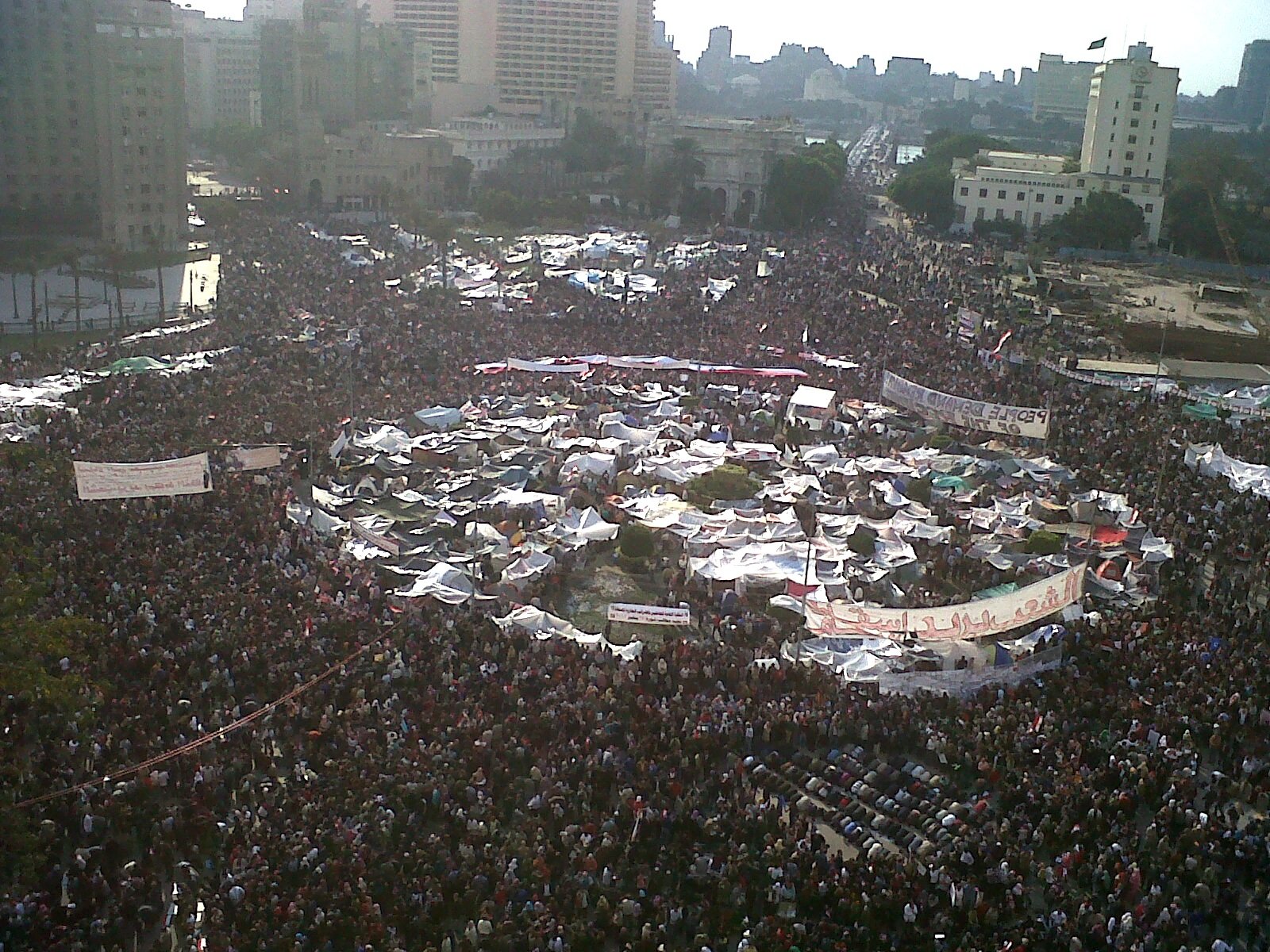https://www.ima.org.au/ima-events/ficto-critical-writing-workshop/
Author: S.T. Lore
Client: Institute of Modern Art, Brisbane
Pages: Catalogue Text
Format: Fiction
Year: 2019
COLLECTIVE INFORMANTS
To paraphrase the artist Fiona Connor and how she views it—
“Some bulletin boards are public in that anyone can post anything, and others are restricted … enforced by a governing body or a physical barrier, securely shut behind lock and key. There is an assumed etiquette where a contributor should not post over content that is still relevant, but move it aside, and make more space. This vying for visibility generates compositions that are active and unwieldy, and like a representation of a protest or any social space – even scepticism has its place. In the bulletin boards installed in chain stores like Bank of America and Starbucks that give the impression that they are serving a local community, but where the content is prescribed by in-house marketing…”
In a place where noticeboards become PR slogans, cultural theorist Mark Fuller suggested, “As public service broadcasting became ‘marketised’ there was an increased tendency to churn out cultural productions that resembled what was already successful.” By appropriating a dying format, we as viewers, are haunted by the lingering marks, stains, and stench of a quaint nostalgia. Propped as a delicately rendered still life painting, this notice board models a dynamism between a foreground (the flyers), subject (the content) and background (the frame as a format or mode of presentation) linking historical aesthetics to produce an active bulletin. Derived from the French and Italian bullettino, diminutive of bulletta ‘passport’, we loosely can find the meaning ‘a letter with a seal’. Does the bulletin board represent a seal of approval on a community? Or does it result in a dislocation, pinning ourselves to a simulation of some grey space? This existential viewpoint positions the noticeboard as “a kind of Rorschach blot, a trigger for associative processes that take flight from the landscape rather than take root in it.” Perhaps, we require a cross-examination of the interwoven relations as an extraction and a metaphor of subversive labour; one that is forced to express desires and opinions within older communications and avoid surveillance. I’m talking about soap boxes, encrypted forums, facsimile devices, revolutionary tactics to engage mob behaviours or mass protests, as they swarm and collide inside our mediated publics and material electronic networks.*
*Elements of this text emerged while assisting Heather Ford conduct research for her book “Writing The Revolution”

